The Rearview Mirror: Chrysler Buys a Bull
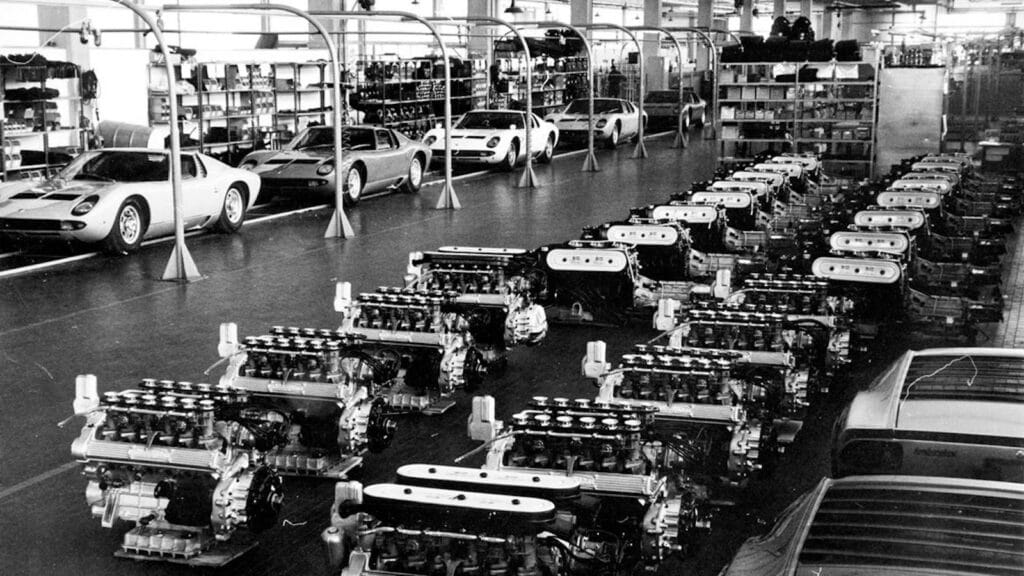
It was a headline that must struck many supercars aficionados as unlikely, but nonetheless, there it was. This week in 1987, Chrysler buys financially ailing Lamborghini for $25.3 million as Chrysler CEO attempts to infuse Chrysler with the panache of Italian luxury. Certainly Chrysler executives was thrilled; they could now drive Lamborghinis as company cars.
“We paid next to nothing for the company; they were virtually broke and produced only 300 cars per year” wrote Bob Lutz in his book, “Icons and Idiots.”
The move came after General Motors bought England’s Group Lotus the year before.
Glamorous, not profitable
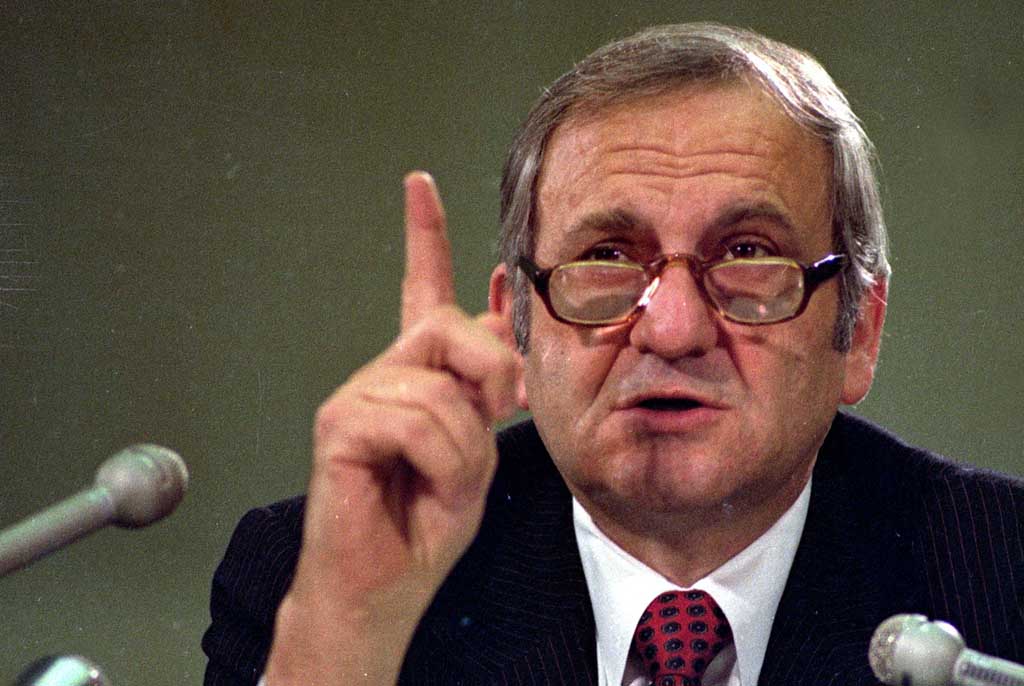
But Lamborghini was mired in debt as it had fallen victim to an ever-changing roster of owners. But the world-famous Italian sports car manufacturer was too tempting a jewel to let slide into bankruptcy. And Chrysler, having veered from prosperity to poverty and back to prosperity again, was flush with cash that CEO Lee Iacocca was only too willing to spend. At the time, the company owned 15% of Maserati and was looking to acquire American Motors Corp.
″Chrysler Motors will gain insight into the specialized craftsmanship and high-performance engineering that Lamborghini is so well known for,″ said Gerald Greenwald, chairman of the Chrysler Motors division of Chrysler to the Associated Press. ″There is an old saying in America — ‘If it ain’t broke, don’t fix it.’ And that is precisely the philosophy that will guide us in our relationship with Lamborghini.″
A bull is born
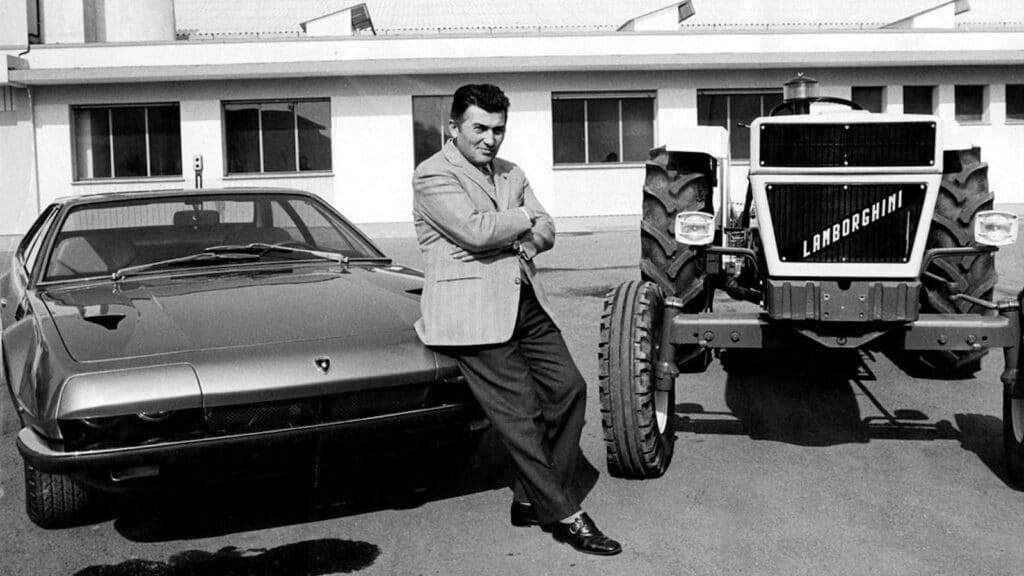
Of course, the story of Lamborghini’s founding is well known.
Legend has it that Ferruccio Lamborghini started the sports car firm in 1963 in Sant’Agata Bolognese, Italy after having technical problems with his Ferrari. He attempted to meet with Enzo Ferrari to resolve the problems. Ferruccio, who amassed a substantial fortune selling of tractors and air conditioners, was rejected.
So much like James Packard did to Alexander Winton, Lamborghini decided to manufacture better sports car than Ferrari. The result was the 350 GT, a two-seat coupe with a body famed designer Franco Scaglione and a 320-horsepower 3.5-liter V-12 engineered by the legendary Giotto Bizzarrini, who had been the project engineer on the Ferrari GTO and refined for production by Touring of Milan.
It marked the beginning of a series of two-seat sports vehicles that competed with Ferrari in terms of quality of construction and performance. Their names are well-known: the Espada, the Islero, the Jalpa, the Jarama and the sublime Muira, which debuted at the 1966 Geneva Motor Show, a mid-engine sports car designed by Marcello Gandidni and powered by a 370-hp 3.9-liter V-12. It was built through 1972.
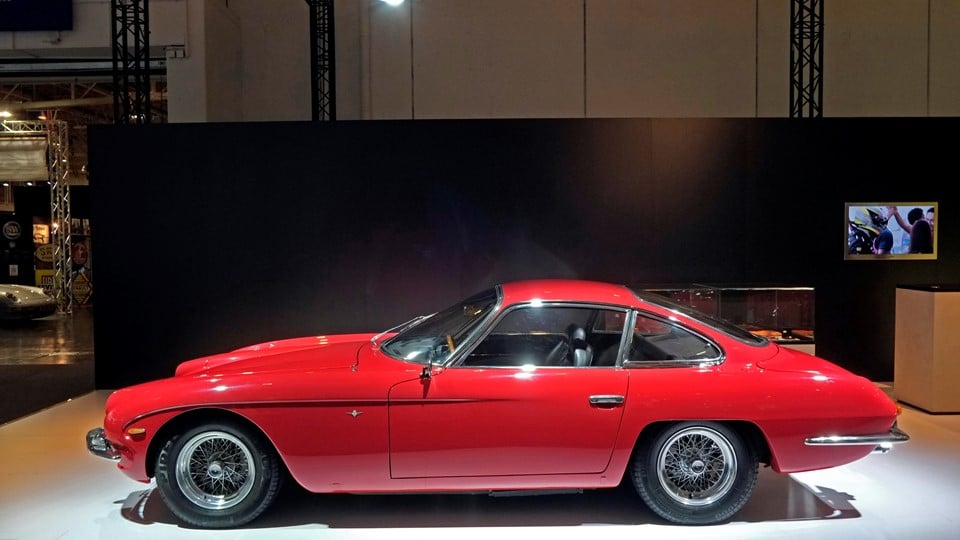
But by then, Lamborghini was facing financial pressure from his other businesses, and sells a 51% stake in the company to Swiss-born businessman Georges-Henri Rossetti. But the 1973 OPEC Oil Embargo and its impact on sales cause Lamborghini to sell his remaining stake the following year to Rossetti’s friend, Swiss businessman, René Leimer, and retire to a life of winemaking. EEven as the Countach debuts, the company’s affairs go from bad to worse, with the automaker later declaring bankruptcy in 1978. It’s bought by the Jean-Claude and Patrick Mimran of Geneva for $3 million. Miraculously, they are able to revive the company’s fortunes before selling it to Chrysler Corp. in 1987 for $25.3 million — a nice return on their investment.
A bull reborn
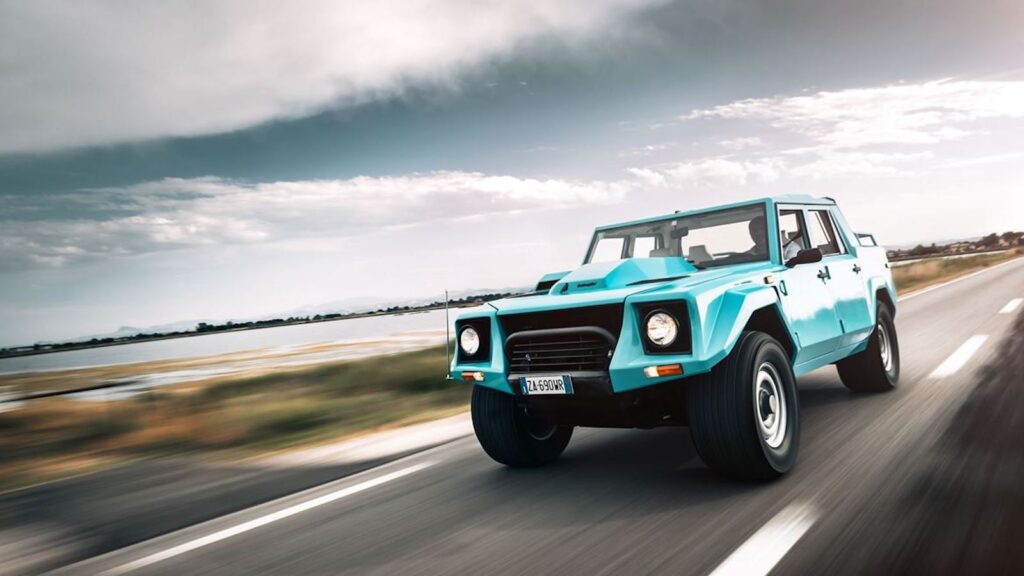
By the time of its acquisition by Chrysler, Lamborghini was building three vehicles. There was the LM002, nicknamed the Rambo Lambo, a brutal four-wheel-drive SUV powered by Lamborghini’s V-12. It was sold alongside the Jalpa, designed by Italian design house Bertone to be an affordable Lamborghini, albeit one powered by a 255-hp 3.5-liter V-10. And then there was the Countach, perhaps the archetypal Lamborghini, powered by a 455-hp 5.0-liter V-12 and the object of affection of many a high school boy.
To herald its ownership, Chrysler unveils the Lamborghini Portofino concept, based on a stretched Jalpa platform and powered by a V-8 engine behind the rear seats. Sporting no B-Pillar, four scissor doors and a 5-speed manual transmission, it is derided inside Lamborghini as a big potato. But the car proves inspirational for Chrysler, as its design fostered that of the Dodge Intrepid, while its rear wing appeared on the Dodge Stealth.
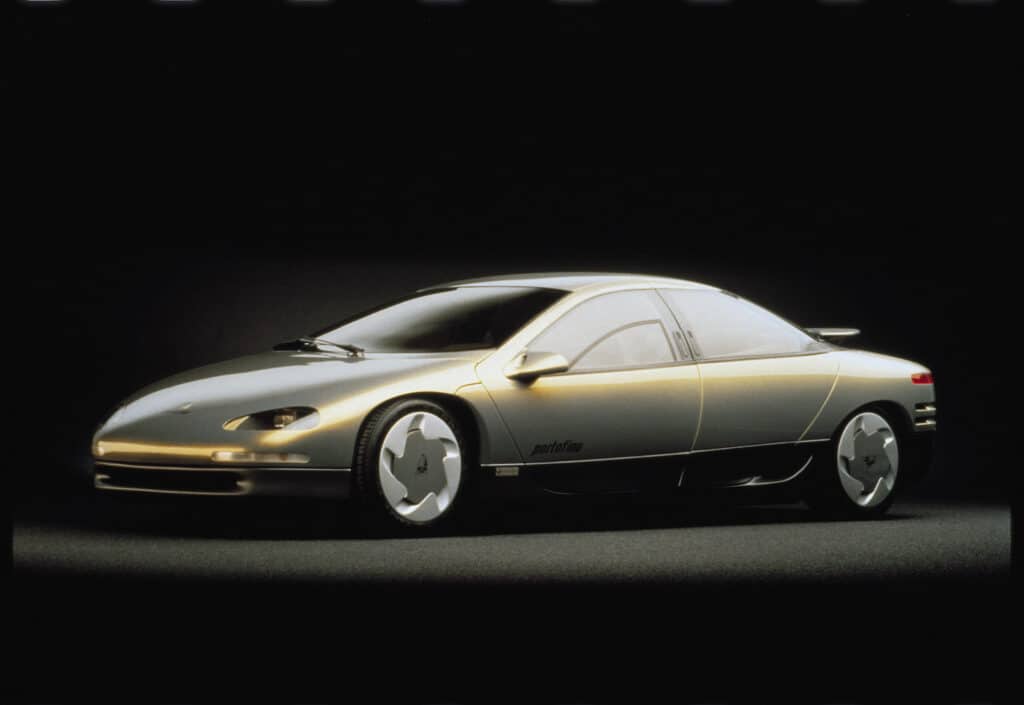
Nonetheless, by this point, the Countach was long-in-the-tooth, having debuted for 1974. Chrysler finances the development of its replacement, the Diablo. While the Countach’s original designer, Marcello Gandidni, had penned the new car, Chrysler’s Vice-President of Design, Tom Gale, softens its sharp lines, much to Gandini’s chagrin. But power remains its strong point, with its 485-hp 5.7-liter V-12 able to run 0-60 mph in 4.5 seconds, outrunning both the Bugatti EB110 and Jaguar XJ220. With a otp pseed of 202 mph, it is the fastest car in the world.
Once released in 1991, the Diablo earns a multi-million profit in 1991, the brand’s highest to that point. But the onset of a recession the following year sees sales plummet. Chrysler adds power steering and all-wheel drive for 1993 in the 492-hp Diablo VT, or Visco Traction, which can send 15% of the engine’s power to the front wheels. It helps, but it’s not enough.
Detroit exits the picture
But by then, Lamborghini was draining money from Chrysler’s coffers, and in 1994, the Italian sports car maker is sold to a Bermuda holding company named MegaTech, who pay $40 million for the automaker, which is barely able to break even. In 1998, Lamborghini is sold to Volkswagen Group for $110 million. Subsequently, the company enjoys massive growth under Audi’s auspices, and its days of living hand-to-mouth are now in the distant past.
Nevertheless, it was Chrysler Corp. that supported Lamborghini at a crucial point in its history this week in 1987, allowing it to survive and become the brand that it is today.
Auto Lovers Land
Comments
Post a Comment